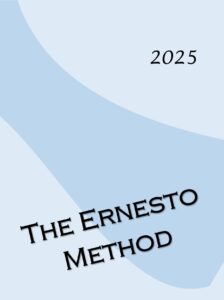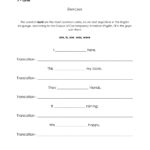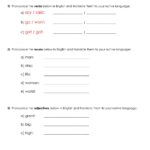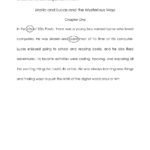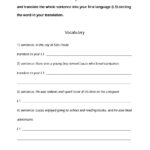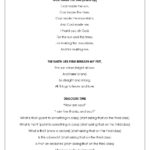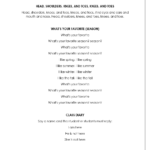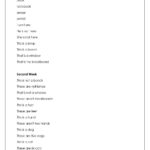If you want, every Nov 1st, I will send you an email telling you that the new version is out, just sign in REMINDER.
The backbone of The Ernesto Method
Vocabulary Acquisition Through Context
One of the most important principles in teaching ESL is providing vocabulary within meaningful contexts
This means that students should learn words in the environment in which they are most likely to use them
For example, using the most frequently used English words like “make,” “get,” “have,” and “want” in sentences such as
“I want to get a coffee.”
“She has a meeting at 3 PM.”
“Can you make me a sandwich?”
Students don’t just memorize vocabulary but understand how these words function within a sentence. They learn grammar, syntax, and sentence construction in tandem with vocabulary
Vocabulary Construction
Another important concept is vocabulary construction, where students are introduced to new words through combinations of words they already know
This approach emphasizes that vocabulary isn’t learned in isolation but within the structure of phrases and sentences, starting with simple structures such as:
“I have a car.”
“You need a pen.”
“They want to go home.”
These sentences build on a foundation of the most frequently used English words
As their understanding grows, the complexity of the sentences can be increased
Relevance of High-Frequency Words
Focusing on high-frequency words is essential because these words form the backbone of everyday communication
Research shows that learning the first 1,000-2,000 most commonly used words in a language covers around 80-90% of spoken and written text
For example:
“Let’s go to the store.”
“He likes to eat pizza.”
These use high-frequency words that beginners will encounter in nearly all aspects of communication
Combining Context and Construction
Ultimately, vocabulary acquisition is most effective when students are exposed to frequent words through context and construction.
For example, when teaching the word “make,” students could be given sentences such as:
“Can you make breakfast?”
“I made a mistake.”
Here, students see how the word is used across different scenarios and tenses, enhancing their understanding
This approach, especially with the most frequently used words, builds a strong linguistic foundation for further language development.

